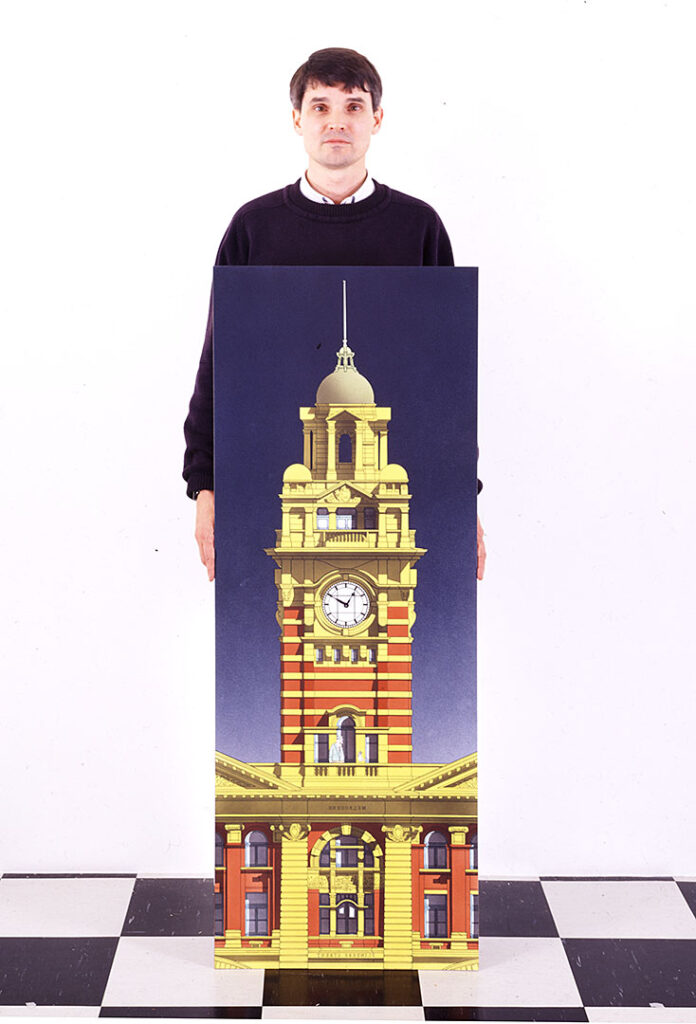
Flinders Street Station Clocktower - Melbourne
The Tradition of Placing Real Clocks in Paintings has long been a reflection of the human experience, capturing not just the visual beauty of the world but also the essence of the times in which it is created. One of the intriguing traditions within the world of art is the incorporation of real clocks into paintings. This practice, which gained popularity during the 17th century, not only added an element of functionality to art but also allowed artists to explore the concept of time and its significance in our lives.
The tradition of incorporating real clocks into paintings can be traced back to the Dutch Golden Age, a period of remarkable artistic achievement in the 17th century. The Dutch were renowned for their meticulous attention to detail and their fascination with the concept of time. The works of artists like Johannes Vermeer, who often included elaborate timepieces in his interiors, exemplify this tradition. Vermeer's "The Music Lesson" and "The Astronomer" are prime examples of how these artists wove real clocks into their paintings.
The use of real clocks in paintings served several purposes. Firstly, it added a layer of functionality to the artwork, turning it into a practical object in addition to a visual masterpiece. These clocks were not just props; they were fully functioning timepieces. This dual functionality made art an integral part of daily life, as viewers could tell the time by simply glancing at the painting. The intersection of art and utility was a hallmark of this period in art history.
Moreover, the inclusion of real clocks in paintings allowed artists to explore the concept of time itself. Time, an intangible and ever-present force, has fascinated philosophers, scientists, and artists for centuries. By incorporating real clocks into their works, artists could convey the transience of life and the inevitability of time's passage. Clocks served as powerful symbols, reminding viewers of the impermanence of youth and the fleeting nature of human existence.
In addition, the use of real clocks in paintings provided a unique challenge to artists. They had to master the depiction of intricate machinery, the interplay of light and shadow on the clock faces, and the subtle details of clock hands and gears. This technical proficiency added to the allure of these paintings, as they showcased the artist's skill in both painting and craftsmanship.
The tradition of placing real clocks in paintings eventually evolved, but its impact on the art world is lasting. It symbolizes the convergence of art and everyday life, challenging artists to explore the theme of time, and highlighting the technical prowess of painters during the Dutch Golden Age. These paintings remain a testament to the enduring fascination with the concept of time and the enduring power of art to capture the essence of an era.
In conclusion, the tradition of incorporating real clocks into paintings from the Dutch Golden Age was a captivating practice that not only added functionality to art but also delved into the intricate concept of time. These paintings, where art and utility converged, remind us of the impermanence of life and the skill of the artists who created them. The real clocks in these paintings serve as a tangible link between the art world and the relentless march of time, making them timeless in their own right.